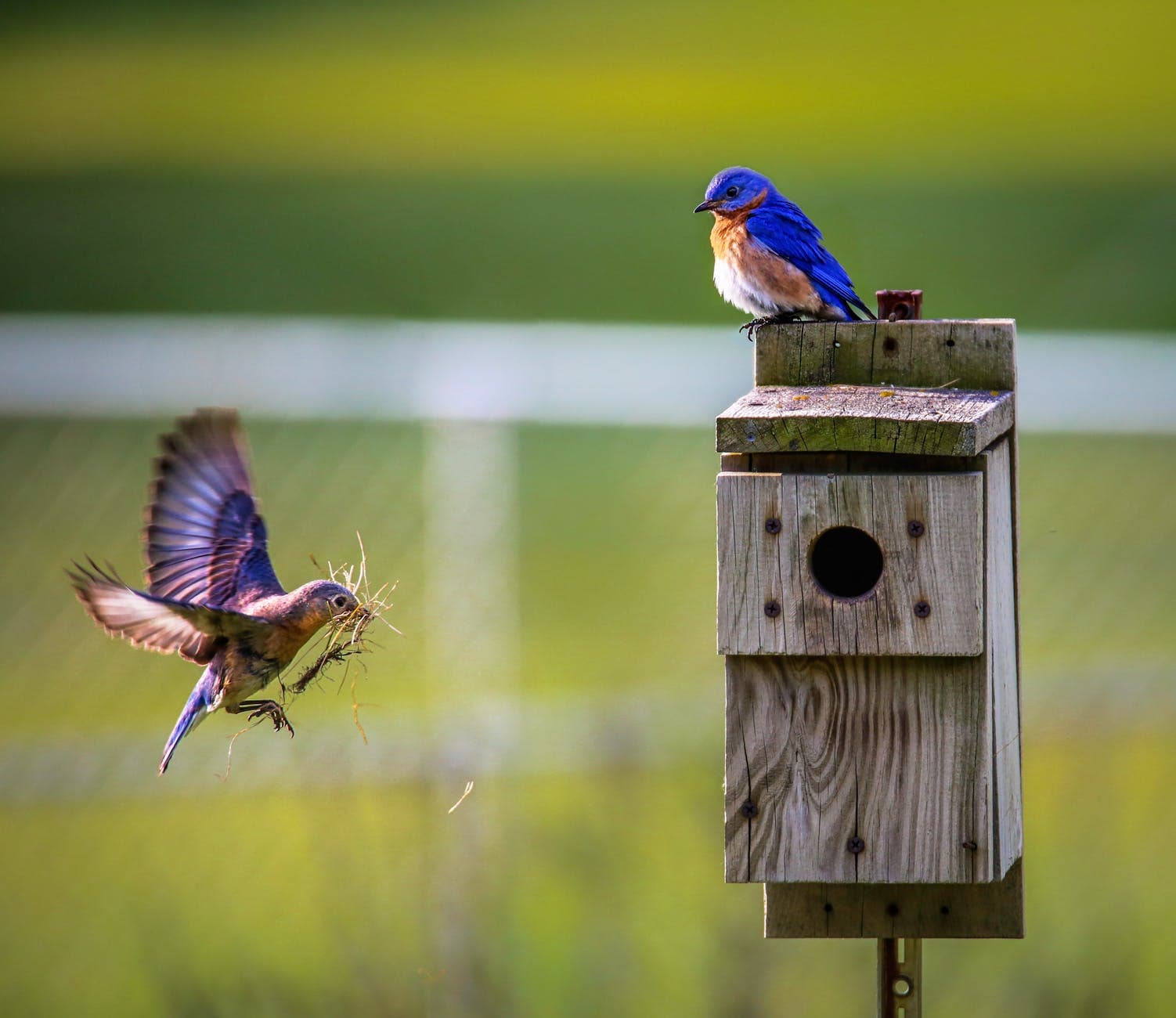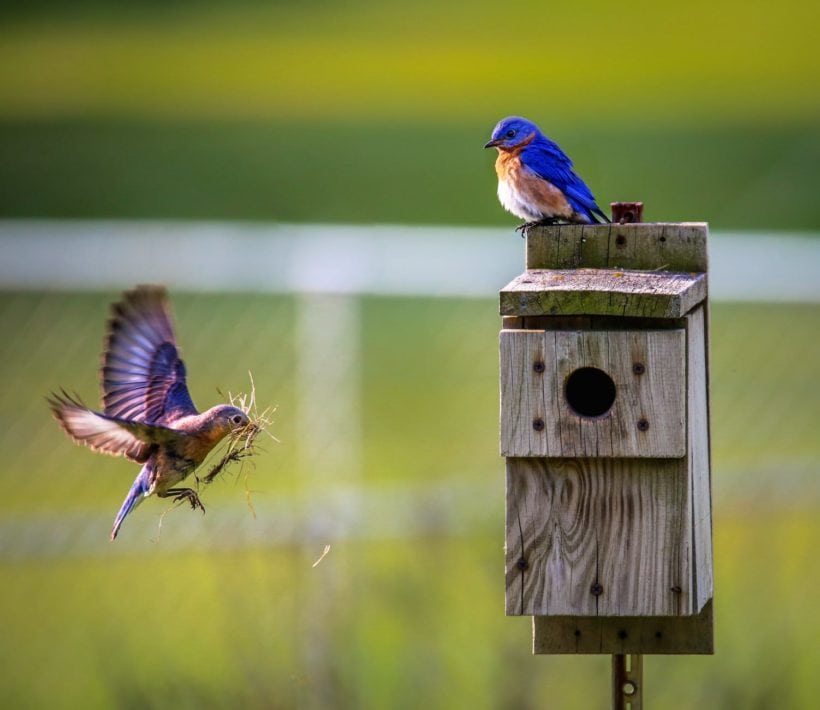Backyard Wildlife Sanctuary Part II: Intermediate Guide
Okay, so you have the basics down and you’re ready to take your yard to the next level. Maybe you’ve Googled (or Bing-ed, no judgement) how to remove Japanese knotweed or cracked open a fresh copy of Silent Spring by Rachel Carson. You’re already making an impact and it won’t be long until you start to see the positive effects. Now that you’re prepared to expand your impact on the local ecosystem, try incorporating some of the following ideas into your routine.

Mow, mulch, and manage without harm
According to the U.S. Environmental Protection Agency, a new gas-powered lawn mower produces as many volatile organic compounds and nitrogen-oxide emissions in one hour as 11 new cars driving for the same amount of time. These exhaust emissions contribute to ground-level air pollution and can lead to or exacerbate respiratory and cardiovascular issues. Make an impact by switching to an electric lawnmower which produces no emissions and is as clean as the electricity used to power it.
Even better, get in the habit of mowing at a minimum height of 2.5 to 3 inches to encourage a healthier, greener lawn area. When it comes to fallen leaves, mulch them where they are. Blowing or collecting leaves not only adds to the air pollution, but removes vital nutrients from your property while destroying shelter for insects. For more information on how and why to mulch your leaves, click here.
Put up a nest box or bat box
Birds and bats rely on vanishing habitat. Many birds nest in the hollows of dead or dying trees, but these snags are usually the first to be removed by landscapers and well-meaning property managers. There’s no one-size-fits-all-species guide when it comes to putting up a birdhouse for cavity nesters because different species will need different hole sizes and prefer the boxes to be placed at varied heights above the ground. But thankfully MassAudubon has created a handy chart that covers most common species.
Bats tend to get less love and attention than birds, but these adorable flying mammals could use just as much care and consideration. They, too, love a good dead tree and will nestle themselves into the spaces where the bark has lifted from the wood. If you’re able to leave dead trees standing, please do. If they must come down, or you’d like to offer some additional options, try putting up a bat box. The bats will thank you by snacking on mosquitoes (up to 1000 an hour) so the mosquitoes can’t snack on you. For detailed instructions on how to build, buy, and install bat houses, check out this guide from Bat Conservation International.
Compost at Home
In our everyday lives, the best way to reduce our impact and keep nature in balance is to be more sustainable. This ultimately means closing the loop on how our products are manufactured, delivered, and disposed of so that nothing goes to waste. One of the easiest ways to do that at home is to compost our leftovers and unused foods so that the nutrients are recycled into a usable soil conditioner. Once ready, the finished compost can be spread over your native landscaping or used in backyard vegetable and herb gardens. To get started, click here. Don’t have the space to compost in your backyard? See if your town has a community composting program like this one in the Town of Ossining.
Remove invasive plants and replace with native species
When you look at your backyard you’ll likely see three types of plants: native, non-native, and invasive. Native plant species evolved locally and are an integral part of the ecosystem, while non-native and invasive plants arrived relatively recently from somewhere else. The species we label as simply “non-native” may have arrived either accidentally (on the bottom of a shoe, a canoe, a truck, or a shipping container) or purposefully (ornamental garden plants) but seem to cause little harm to our native ecosystems and tend to stay where we plant them without spreading.
“Invasive” plants are a subset of non-native species that tend take hold and spread aggressively over the native landscape, choking out beneficial species and reducing overall biodiversity. At best, plants that looks substantially similar to their native counterparts are often less nutritious for wildlife, but at worst they may be toxic. Test your plant knowledge with this quiz before choosing some natives to plant from this list by the New York State Department of Environmental Conservation.

About the Author
Nadya Hall, Community Environmentalist
Nadya has her master’s in environmental policy with a focus on human-wildlife coexistence. She is passionate about the conservation of wildlife and wild places through science, advocacy, and environmental education.



Leave a Reply